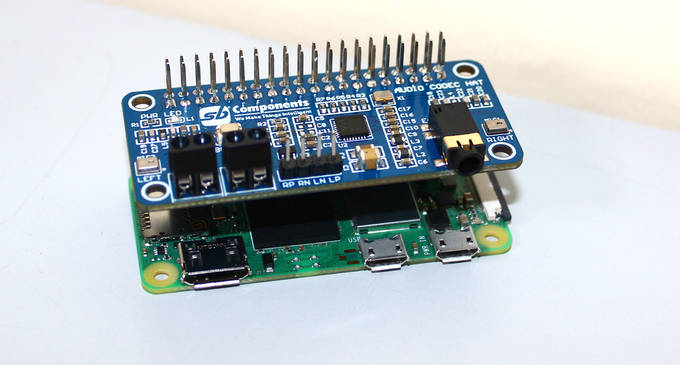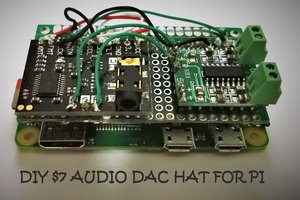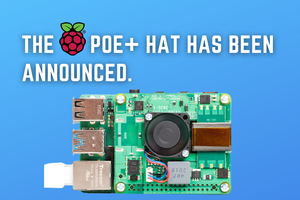Single-board computers like the Raspberry Pi have been utilized in a number of applications, but one of the most intriguing is as a media server. A Raspberry Pi is a low-cost, little computer that can output both video and audio signals out of the box. However, if you want to power speakers (beyond modest headphone devices), you'll need a little extra hardware.
Audio Codec HAT - Bring Audio Feature To Your Raspberry Pi
"The Audio Codec HAT is a low-power, high-quality stereo CODEC for portable digital audio applications. It is based on the WM8960 IC, which has minimal leakage, great PSRR, and pop/click suppression mechanisms, and allows direct battery connection to the speaker supply." Speaker output power may be enhanced while other analogue supply currents are minimized using flexible speaker boost settings."
 |
| Source- Kickstarter |
Early bird pledges for the creative project are currently available for either $12 or £9 (depending on current currency rates), representing a significant reduction of nearly 50% off the retail price, while the Kickstarter crowd funding campaign is still in progress.
Worldwide shipment is planned to begin in March 2022, assuming the Raspberry Pi crowd funding campaign meets its pledge target and manufacturing goes well. View the promotional video below to learn more about the Raspberry Pi audio HAT project.
Check out the official Audio Codec crowd funding campaign page for a comprehensive overview of all available project pledges, stretch goals, supplementary media, and engineering details for the audio HAT.
Audio Codec HAT Specifications:
- Raspberry Pi 40PIN GPIO Extension Header, which is compatible with the Raspberry Pi line of boards.
- The WM8960 low-power stereo CODEC is integrated, and it communicates through the I2S interface.
- Dual high-quality MEMS silicon microphones are included, as well as capability for left and right double channel recording and good sound quality.
- External earphones can be used to play music using the onboard standard 3.5mm headphone connector.
- Speakers are driven directly via an onboard dual-channel speaker interface.
- Supports stereo, 3D surround sound, and other sound effects.




 Tom Goff
Tom Goff